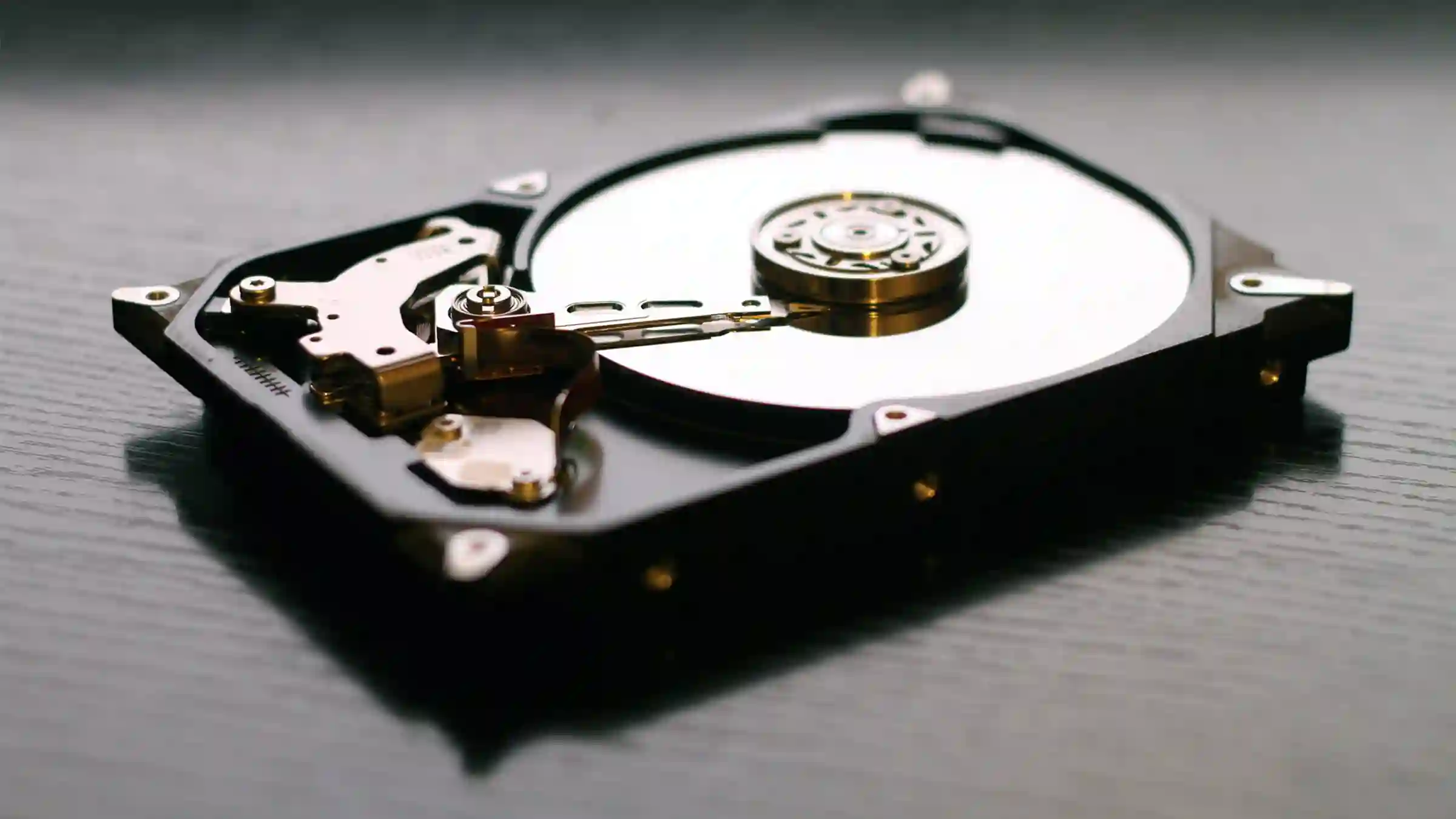4 BENEFITS OF UPGRADING YOUR HARD DRIVE

Internal hard drives serve as the storage for all your photos, documents, and software data. Without them, it would be impossible to save and quickly access large amounts of daily data. When hard drives become ineffective, you may experience insufficient data backup, slow performance, and the loss of your digital content.
There are two options for upgrading your hard drive: replacing an existing one or adding extra drives to enhance system performance. REF Group realizes the significance of dependable IT equipment and has highlighted the top four advantages of upgrading HDDs.
UPGRADING YOUR INTERNAL HARD DRIVE BOOSTS STORAGE CAPACITY
Upgrading your hard drive provides more storage space, which can help avoid frustration when deploying virtual machines or installing software on a PC. Hard drives with 1TB+ storage capacities are good for future-proofing large networks or growing organizations that handle a lot of data. Upgrading your hard drive also keeps your storage above the recommended 10% free space to accommodate growing application storage needs.
YOU CAN PROVIDE YOUR SYSTEM WITH MORE IOPS
Upgrading your hard drives leads to improved disk performance. Faster RPM results in increased IOPs, making a high-speed drive (such as 15,000 RPM) ideal for applications like SQL arrays. This enhances response time and overall performance. Using RAID technology further improves performance. The best RPM speed for your system depends on its size and type.
YOU CAN PRIORITISE YOUR WORKLOAD
Determining where to place your data is crucial to consider when upgrading hard drives. As a company expands, its IT system often becomes more intricate and requires more resources, necessitating a shift in IT strategy. Implementing a tiered storage approach, such as bronze, silver, or gold workloads, is an effective way to improve the performance of your applications.
HARD DRIVES ARE KNOWN FOR THEIR ROBUSTNESS
By adding more hard drives to your system, you can create a more complex RAID setup that utilizes multiple HDDs to improve performance and prevent data loss in case of disk failure. RAID 10 provides strong fault tolerance but consumes a lot of storage space. Nested RAID arrays offer a balance of performance and resilience, leveraging a larger number of disks.
Choosing the best way to arrange your data depends on your specific needs. Deciding on RAID 10 is not always the best choice and requires careful planning to balance the trade-off between RAID and IOPs.
FIND THE BEST HARD DRIVE FOR YOU
Before replacing a hard drive, it’s important to consider the necessary size and type, required bus format (SAS or SATA), and data loss during RAID configuration. Other factors like workload priority and future-proofing must also be taken into account, making the process potentially complex.
Upgrading your IT hardware doesn’t have to be complicated, even if your system is complex. REF Group can help you choose the right drive with our expertise and guidance. We offer popular brands at a lower cost and with a 3-year warranty for peace of mind. Explore our selection of server storage, including HDDs and SSDs, to find a cost-effective solution for your business. Contact us for personalized advice on your IT system.
